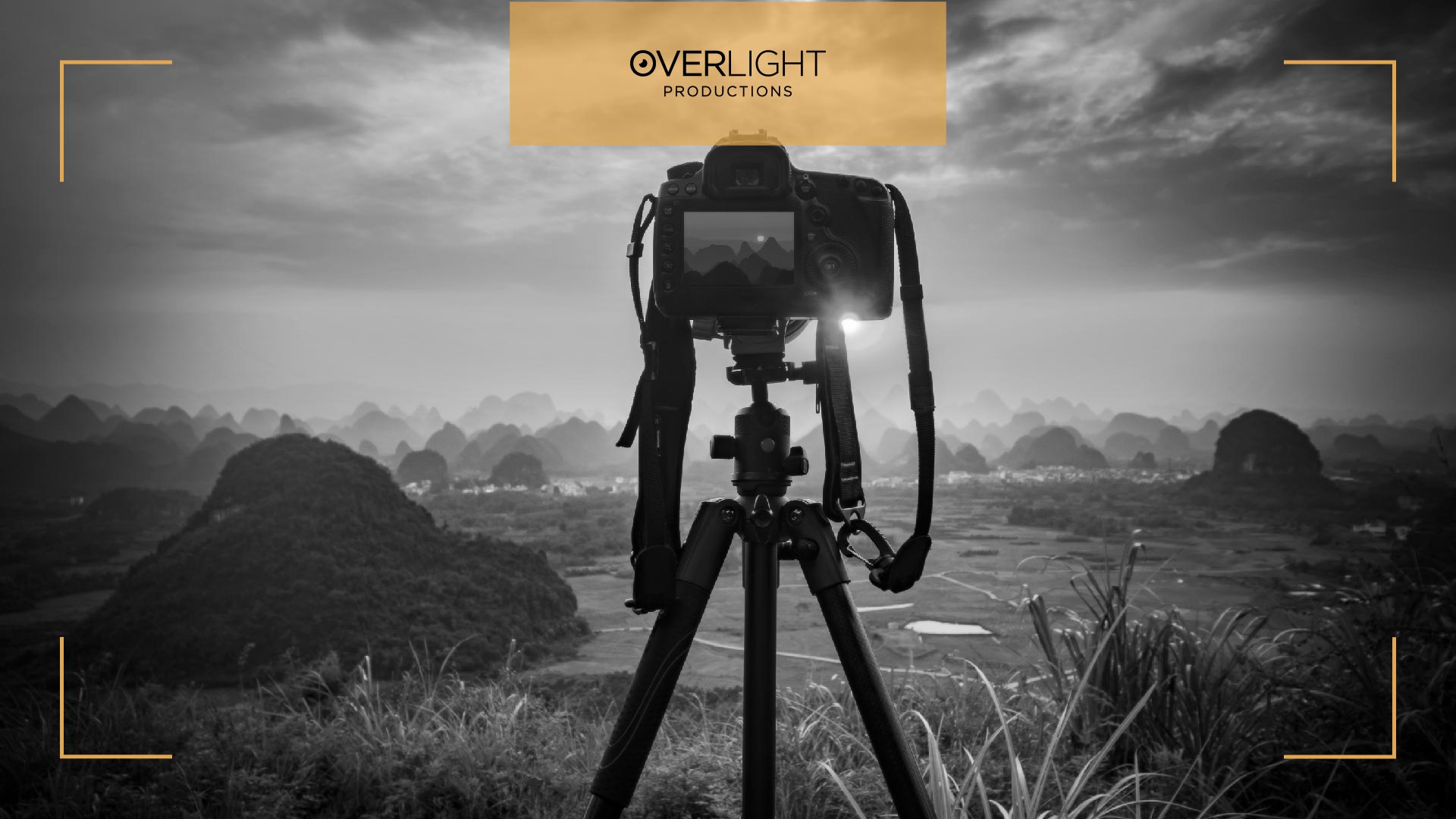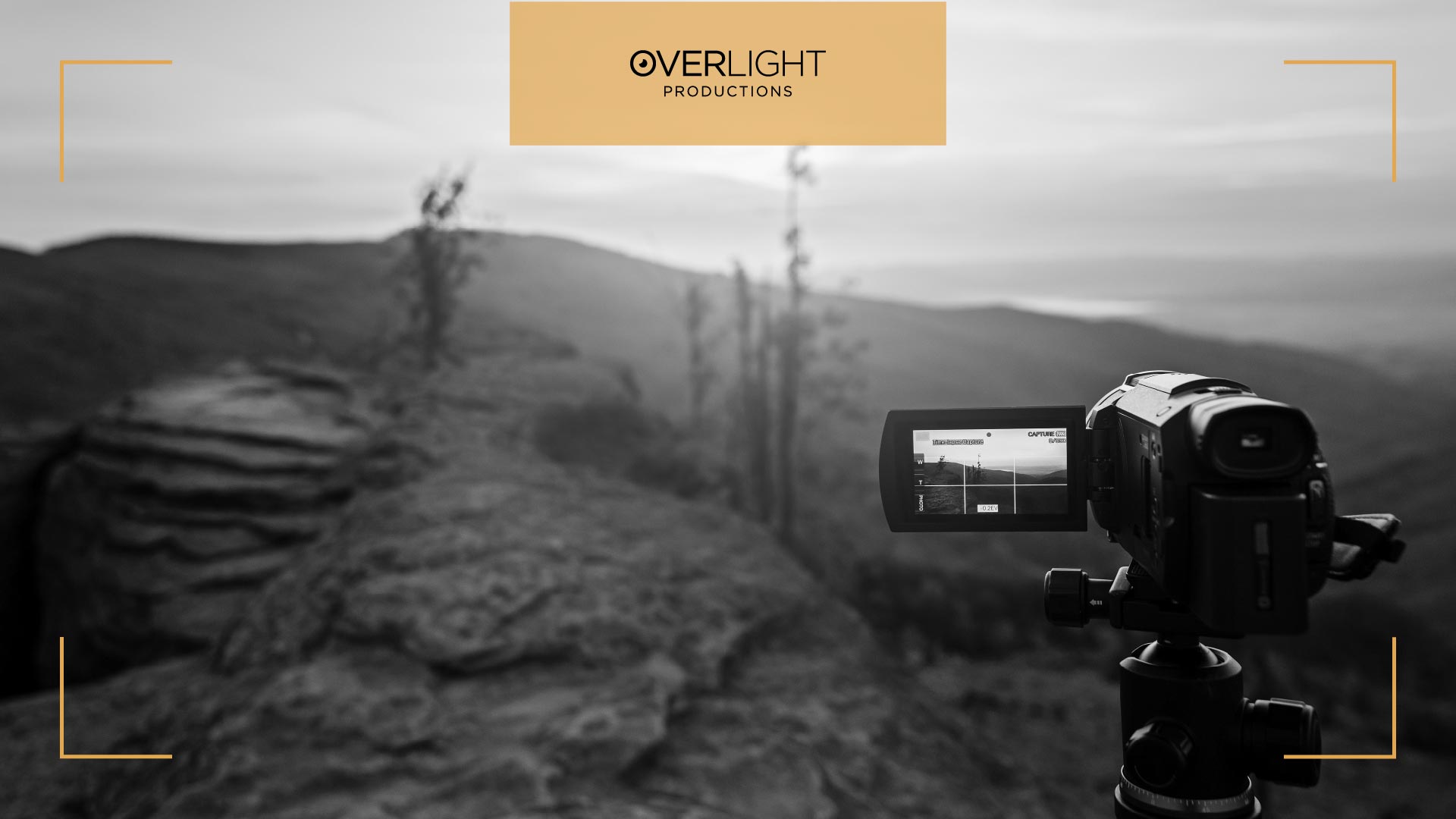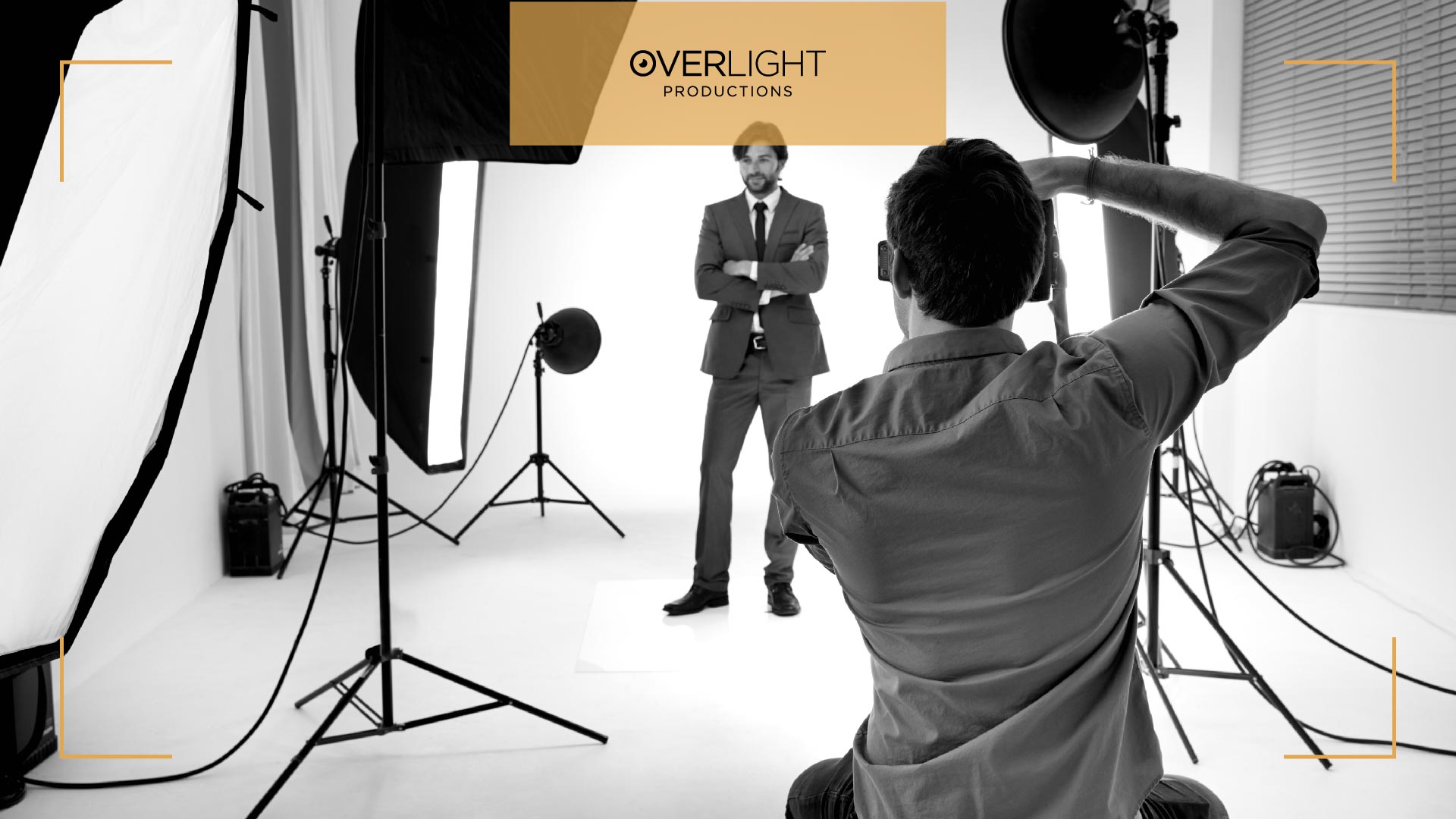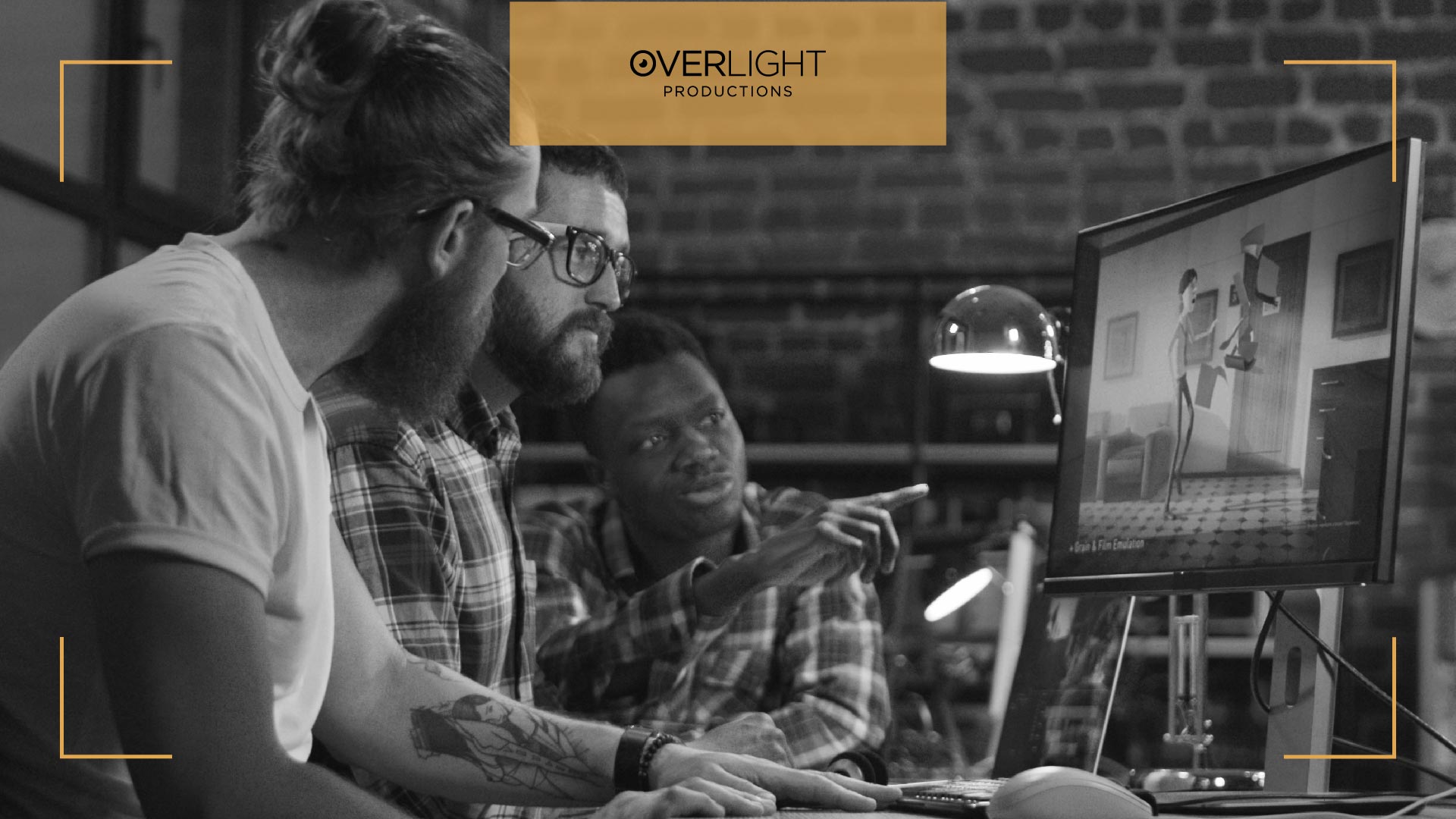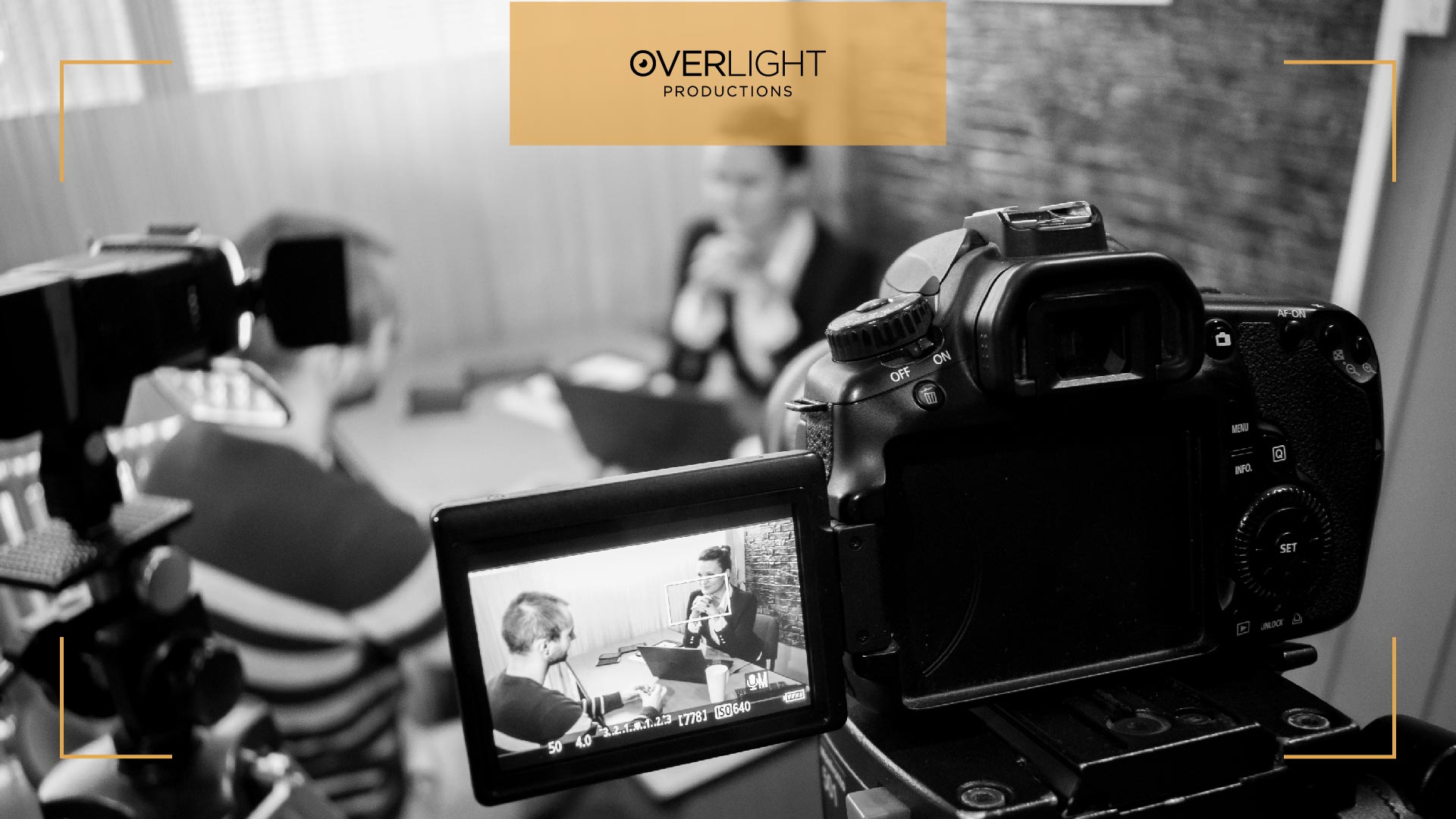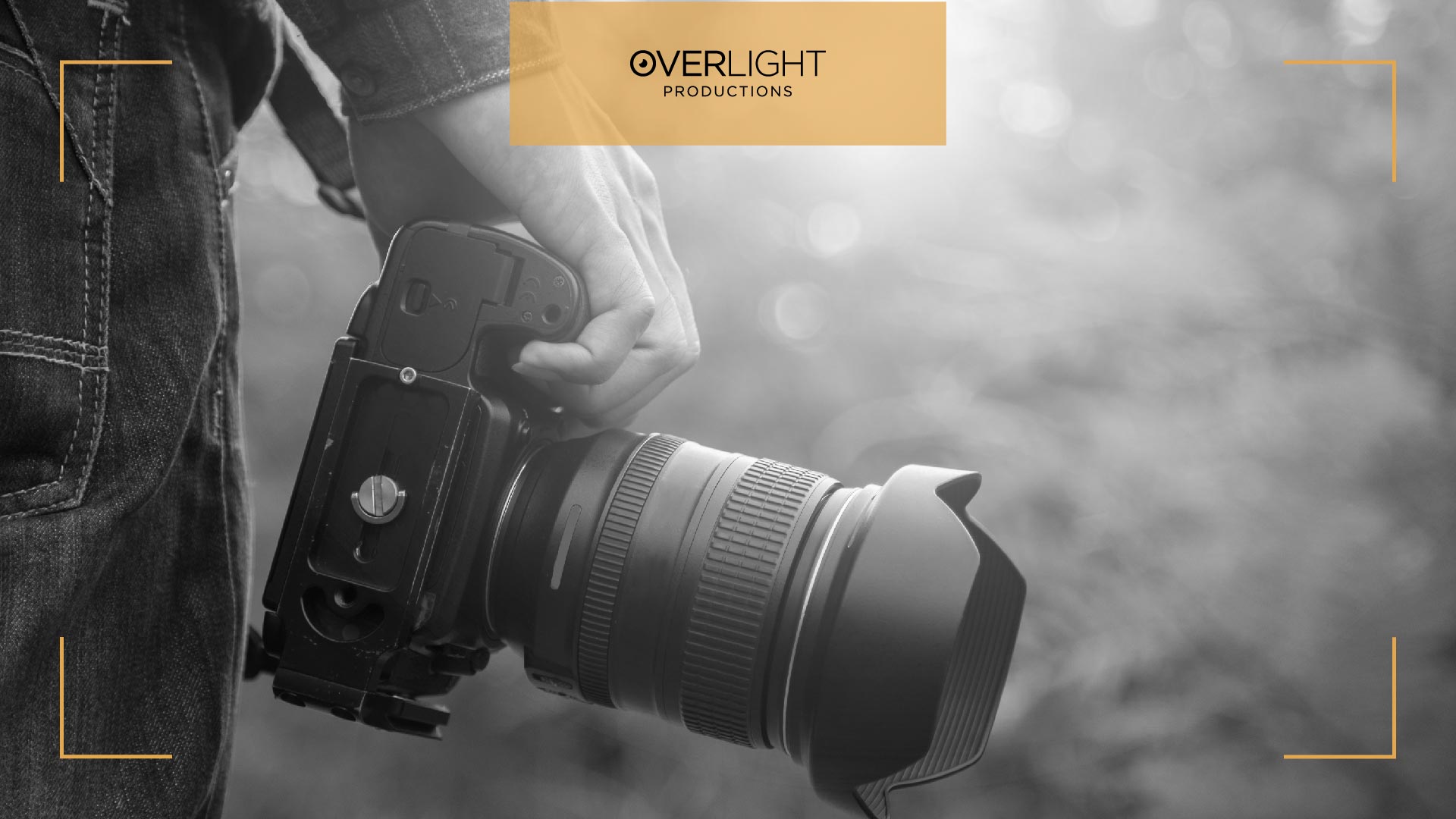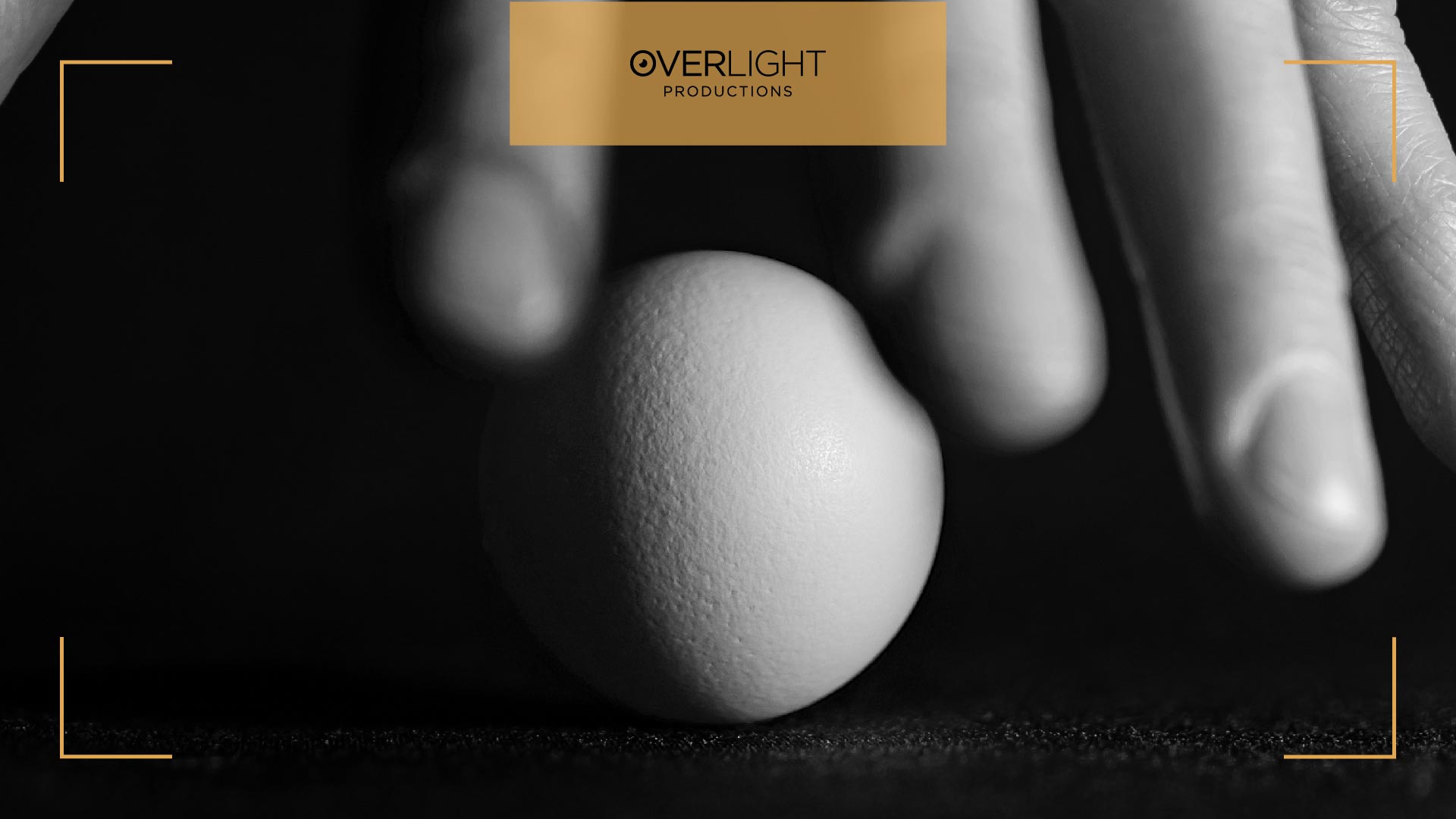 31 - May - 2023
31 - May - 2023
Lighting is a crucial component of photography, cinematography, and stop motion because it helps you tell a story through the mood it evokes. Therefore, lighting is crucial for producing results that appear professional.
The distance between your subject and your light source and the size of your light source will determine the quality of your lighting the most.
The terms "hard light" and "soft light" may have come up as you've looked more closely at your photography and video lighting setup, but what exactly do they mean for pro photographers and videographers?
In this detailed blog, we'll discuss ‘what is the difference between soft light and hard light in video and photography’?
What is Soft Light?

Soft lighting has a tendency to "wrap" itself around objects, casting shadows with oblique, hazy edges. The size of the light source affects how soft the light is since the light rays it emits will move in a variety of directions as they approach the subject. Light sources can also emit softer light by diffusing it via a medium (as in a softbox) or by reflecting it off a surface.
The use of soft light is common in both photography and videography. Soft light creates more attractive representations of the human form by reducing sharp edges, smoothing dark areas, and dissolving strong shadows. The appearance of colors may also be more realistic and richer.
Read also: 10 important outdoor natural light photography tips
What Are the Pros & Cons of Soft Light?
Pros:
- Soft light is almost universally regarded as being attractive and forgiving
-It reduces the visibility of skin imperfections.
Cons:
- Not the best option if you're looking to add drama, intensity, or tension to your scenario.
- No pronounced contrast
What is Hard Light?
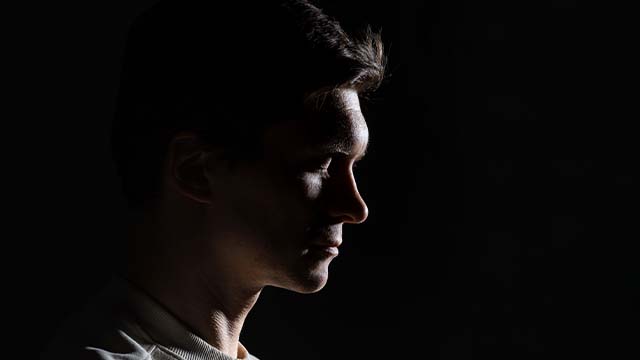
Hard light is produced by a single, frequently brilliant source that is small relative to the subject. Pictures taken in this kind of light feature a lot of contrast and clearly defined shadows. This type of lighting used affects how the shadow looks.
Fresnel lights, for instance, can be concentrated so that their shadows are "cut" with sharp shadows. That is, there will be less transition between illumination and shadow, resulting in shadows with "harder" edges. Shadows with sharper edges will be created by the focused light.
A Fresnel’s focus increases the parallelism of its light rays. The quality of the shadows is determined by the parallelism of these rays. A point light source is necessary for shadows without a transitional edge or gradient. Strong, well-defined shadows are produced by hard light.
Hard light will highlight the textures and details of an object when it strikes a rough surface at an angle. This will make the thing appear more three-dimensional.
What are the pros & cons of hard light?
Pros :
- The mood of a picture is intensified, and intriguing shadow patterns are produced.
- In black and white, the extreme contrast looks fantastic.
Cons :
- Highlights skin flaws.
- Produces a roughness that is frequently unattractive.
- The distinct shadows need a high level of accuracy when utilizing lighting modifiers.
Hard Light Vs Soft Light in Videography
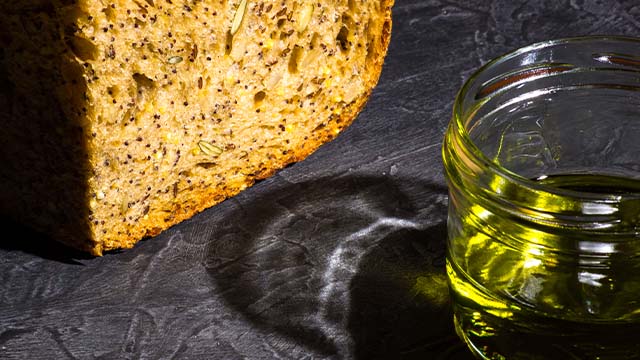
Hard shadows are generated by hard light, which comes from a small, single source. Hard light is utilized to increase the drama in a scene since it produces sharp shadows quickly after falling off.
In contrast, soft light comes from a larger source of light and casts soft shadows. You must shine your light via light modifiers like softboxes or diffusion to generate soft light. Soft light is frequently utilized for interviews and people-based videos because it flatters the face more than strong light.
Both hard light and gentle light have been utilized by videographers. The sun serves as the principal source of light on a clear, sunny day. It casts a sharp shadow since it is a little object in the sky.
On a cloudy day, though, the sun can be seen peeking through them. Very soft shadows are produced as a result of how the clouds spread the light and combine it into one large light source.
Read also: What is time-lapse photography & how it can benefit your business?
When Should You Use Hard Light Vs. Soft Light?
Soft light and hard light produce various visual moods. When to use each one is as follows:
- Hard light gives your subjects more richness, depth, and dimension. Hard light's high contrast characteristics produce a strong sense of drama and give your images an edgy, gritty appearance. To give their subjects the appearance of strength and seriousness, photographers employ a harsh light source. Additionally, it is employed to give specific scenes (gritty, hard-edged feel in dramas.
- As opposed to hard light, soft light is more attractive. It has a more natural appearance and gives your topic an inviting, pleasant air. Compared to hard light, soft light is more forgiving and necessitates less retouching. It can be used to reduce wrinkles, cover acne, and enhance the sparkle in someone's eyes. Photographers frequently use soft light for shooting fashion, food, travel, and portraits.
FAQs
How can I create soft light without using modifiers?
By reflecting the light off of a sizable surface, such as a wall or a ceiling, you can create soft light without using modifiers. By doing this, you may produce a softer, more realistic-looking light source by diffusing the light. In order to fill in shadows and produce a more equal lighting appearance, you may also utilize a reflector to bounce the light onto the subject.
Can I use hard light for portrait photography?
Male and athletic photographs frequently, but not always, feature hard light. When drama and contrast is what you want to achieve, you can also utilize hard light for photographs of women. Hard light produces a contrast that jumps out in both street photography and landscape photography. Usually, it looks good in black and white.
How do I balance soft light and hard light in a scene?
To balance soft light and hard light in a scene, you can use a combination of techniques, such as changing the position of your light source, adjusting the distance between the light and the subject, and using modifiers such as umbrellas or softboxes.
You can also use reflectors or fill lights to balance out any harsh shadows or areas of darkness in your scene. Experimenting with different lighting setups and modifiers can help you achieve the desired balance between soft and hard light in your photography.
What are some common mistakes to avoid when working with soft light?
Common mistakes to avoid when working with soft light include:
- Using too much fill light
- Failing to balance the light with the ambient light
- Not positioning the light source correctly
- Not using modifiers when needed.
It is important to experiment with different lighting setups and techniques to achieve the desired soft light effect.
What are some common mistakes to avoid when working with hard light?
Common mistakes to avoid when working with hard light include
- Creating harsh shadows
- Not using a modifier to soften the light
- Using the wrong angle or position for the light source
- Failing to balance the light with ambient light.
How can I use color gels with soft and hard light?
Color gels can be used with both soft and hard light by attaching them to the light source, such as a flash or a studio light. When using soft light, color gels can be used to add a tint or a color cast to the light source.
With hard light, color gels can be used to create more dramatic and vibrant colors. It's important to experiment with different gel colors and lighting setups to achieve the desired effect.
The Bottom Line
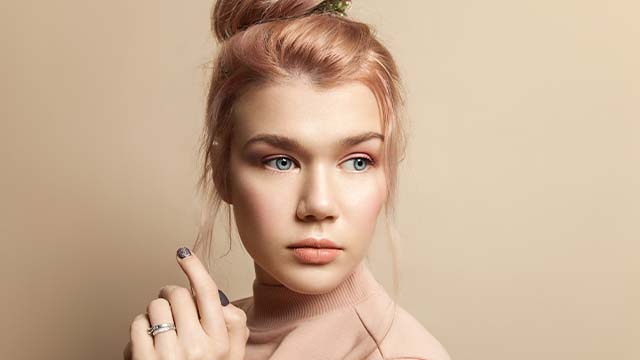
Photography takes a lot of practice and a fair amount of patience, regardless of whether you're just getting started or have professional aspirations. If you are looking for professional photographers in Dubai who have a thorough understanding of hard vs soft light, look no further than Overlight.
Our team of talented photographers in UAE has the experience and expertise to capture stunning images that will bring your brand to life. With a commitment to excellence and a focus on customer satisfaction, we are dedicated to delivering high-quality photography services that will exceed your expectations.
Contact us today to learn more about how we can help your brand stand out with our exceptional photography services.
